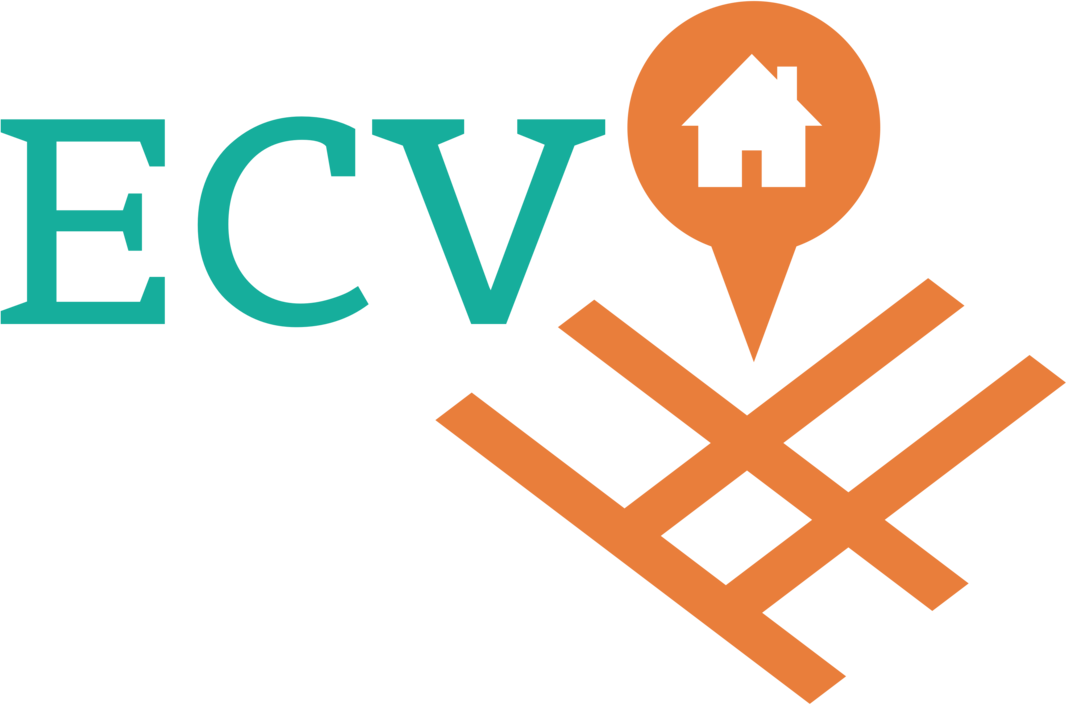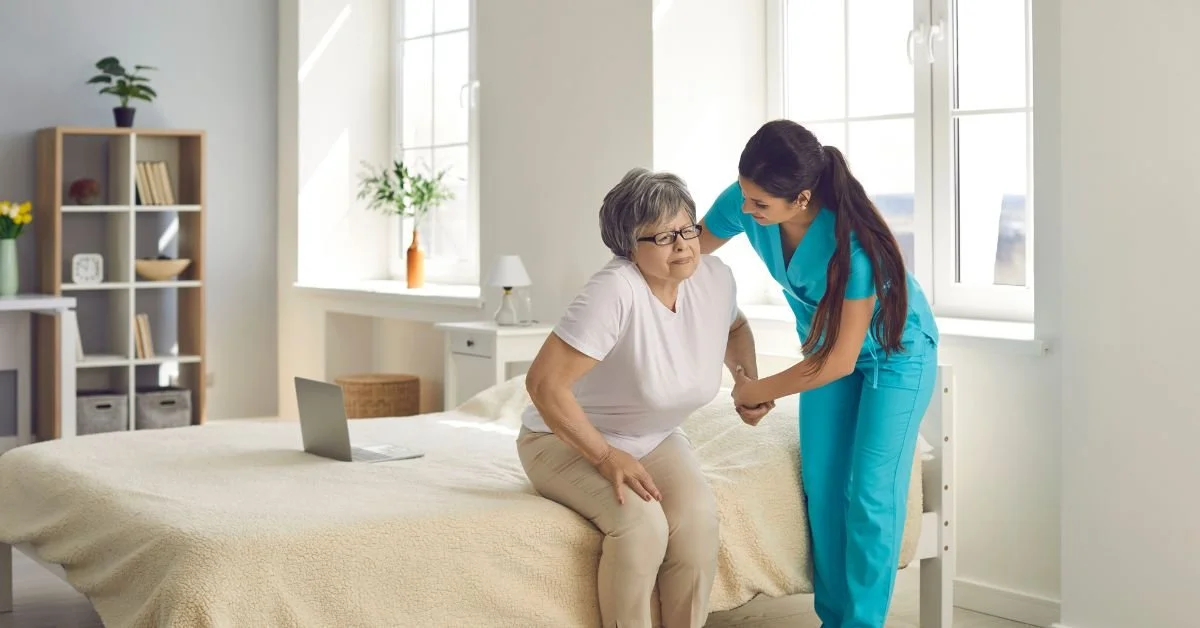Helping Older Adults With Pain Management
As seniors age, they become more susceptible to physical pain this can be due to certain conditions such as chronic illnesses, and disorder that comes with age. the pain that they are experiencing can hinder them from doing their daily activities. As caregivers, it is our role to help alleviate the pain that they are experiencing through different methods. It is also our duty to help them become as independent as possible and help them be able to manage their pain as much as they can.
In this blog, we will talk about the different kinds of pain that older adults are experiencing and how we can help them alleviate it.
Common Types of Physical Pain Experienced by Seniors
Our bodies undergo various changes as we age, and physical pain becomes increasingly common. For older adults, pain can range from minor discomforts to chronic conditions that can affect their daily activities and overall well-being. Understanding the different types of physical pain experienced by seniors is essential for caregivers to provide targeted and effective pain management strategies.
Musculoskeletal Pain
Musculoskeletal pain primarily affects the muscles, bones, joints, and connective tissues. Conditions like arthritis, osteoporosis, and degenerative disc disease often contribute to musculoskeletal pain in the elderly. Such pain can lead to stiffness, muscle twitches, burning sensation in the body, fatigue, limited mobility, and difficulty performing routine tasks.
Nerve Pain
Nerve pain is also called neuralgia or neuropathic brain, this type of pain happens when a person has a chronic condition that affects the nerves. Diseases such as HIV/AIDS, multiple sclerosis, diabetes, stroke, and cancer can cause nerve pain. Other causes are an injury to your brain or spinal cords, poor blood supply to your nerves, vitamin B12 or B1 deficiency, phantom pain from amputation, and medicine. Nerve pain can feel give you burning sensations, sharp and sudden shock, shooting pain, tingling, and numbness. Nerve pain is often worse at night, it can be triggered by many things, sometimes by things that would not normally hurt such as lightly brushing your skin.
Headaches
Elderly individuals may experience various types of headaches, including tension headaches, migraines, and cluster headaches. These headaches can be triggered by factors such as stress, dehydration, or changes in blood pressure.
Visceral Pain
Visceral pain originates from internal organs, it originates in the organs from the chest, belly, or pelvis. It can be associated with conditions like gallbladder issues, kidney stones, gastrointestinal problems, cancer, pancreatitis, and indigestion. Visceral pain is described as a dull ache, it can feel like gnwaling, twisting, colicky, or deep pressure. It also has a strong connection to psychological symptoms such as depression
Age-Related Changes that Contribute to Pain in Older Adults
There are several age-related changes in the body that can contribute to the pain that older adults are experiencing. Below are the following:
Degenerative Changes
Over time, wear and tear on the body can lead to degenerative changes in the joints, cartilage, and spine. Conditions like osteoarthritis and degenerative disc disease can cause chronic pain and reduced mobility.
Diminished Muscle Mass
Age-related muscle loss (sarcopenia) can lead to weakness and imbalances, increasing the risk of falls and injuries. Muscle-related pain may result from strained or overworked muscles due to compensatory movements.
Chronic Health Conditions
The prevalence of chronic health conditions, such as diabetes, cardiovascular diseases, and cancer, increases with age. These conditions often cause persistent pain and may require complex pain management approaches.
Altered Pain Perception
As individuals age, their pain perception may change, with reduced sensitivity to pain in some cases. This altered perception can lead to underreporting of pain, making it challenging for caregivers to assess pain accurately.
How to Handle Pain Experienced by Older Adults
There are several ways that you can do as a caregiver to help diminish the pain experienced by older adults such as pain medications and physical therapy. Here are the ways you can use them to alleviate pain.
Pain Medications
There are many different pain medications that you can use to alleviate pain, although it is important to remember to consult first with the patient’s physician or doctor in order to get the right prescription for their condition.
Topical Analgesics: Analgesics such as topical pain relief creams or patches can be applied directly to the affected area to provide localized pain relief. They can be a suitable option for elderly individuals with localized pain, such as arthritis or muscle pain.
Opioids: Opioids, such as codeine, tramadol, or oxycodone, are prescribed for severe pain that is not adequately managed by other medications. Opioids should be used cautiously in elderly individuals due to the risk of side effects, including constipation, drowsiness, and respiratory depression. They are typically prescribed for short-term use and require close monitoring.
Acetaminophen: Acetaminophen also known as paracetamol is a pain reliever that is generally considered safer for older adults, as it has fewer gastrointestinal side effects. It is effective for mild to moderate pain but may not have significant anti-inflammatory properties.
Nonsteroidal Anti-Inflammatory Drugs (NSAIDs): NSAIDs, such as ibuprofen or naproxen, are commonly used to reduce inflammation and relieve mild to moderate pain. However, in elderly individuals, NSAIDs should be used with caution due to their potential side effects, such as gastrointestinal bleeding and kidney problems. Careful monitoring and dosage adjustments may be necessary to minimize risks.
Physical Therapies to Help Relieve Pain
Exercise: Engaging in regular low-impact exercises, such as walking, swimming, or gentle stretching, can help improve mobility, strengthen muscles, and reduce pain.
Heat/Cold Therapy: Applying heat packs or warm towels can alleviate muscle stiffness, while cold packs can reduce inflammation and numbness in the affected area.
Massage: Gentle massage therapy can promote relaxation, improve circulation, and reduce muscle tension, offering relief from pain and discomfort.
Relaxation Techniques: Techniques like deep breathing, guided imagery, and progressive muscle relaxation can help residents manage pain-related tension and anxiety.
Assistive Devices
Mobility Aids: Providing assistive devices like canes, walkers, or wheelchairs can enhance mobility, reduce strain on joints, and improve overall independence.
Adaptive Equipment: Using adaptive equipment in daily activities, such as reachers or dressing aids, can minimize pain and discomfort associated with movements.
Conclusion
The pain experienced by older adults is no joke, that is why it is important for caregivers to know how to help them manage the pain. As caregivers, we must learn to empathize with the people that we are caring for and understand what they are going through. Understanding the diverse types of physical pain experienced by seniors and the age-related changes that contribute to their discomfort has allowed us to develop a more empathetic and targeted approach to pain management. let us continue to walk this compassionate path, dedicated to supporting our residents in every step of their elderly care journey. By embodying empathy, knowledge, and a nurturing spirit, we can bring comfort, solace, and joy to those who have enriched our lives in countless ways.
Read more blogs from Elegant Care Villa Care Blogs section in order to read more helpful ones like this and be the best caregiver you can be.

